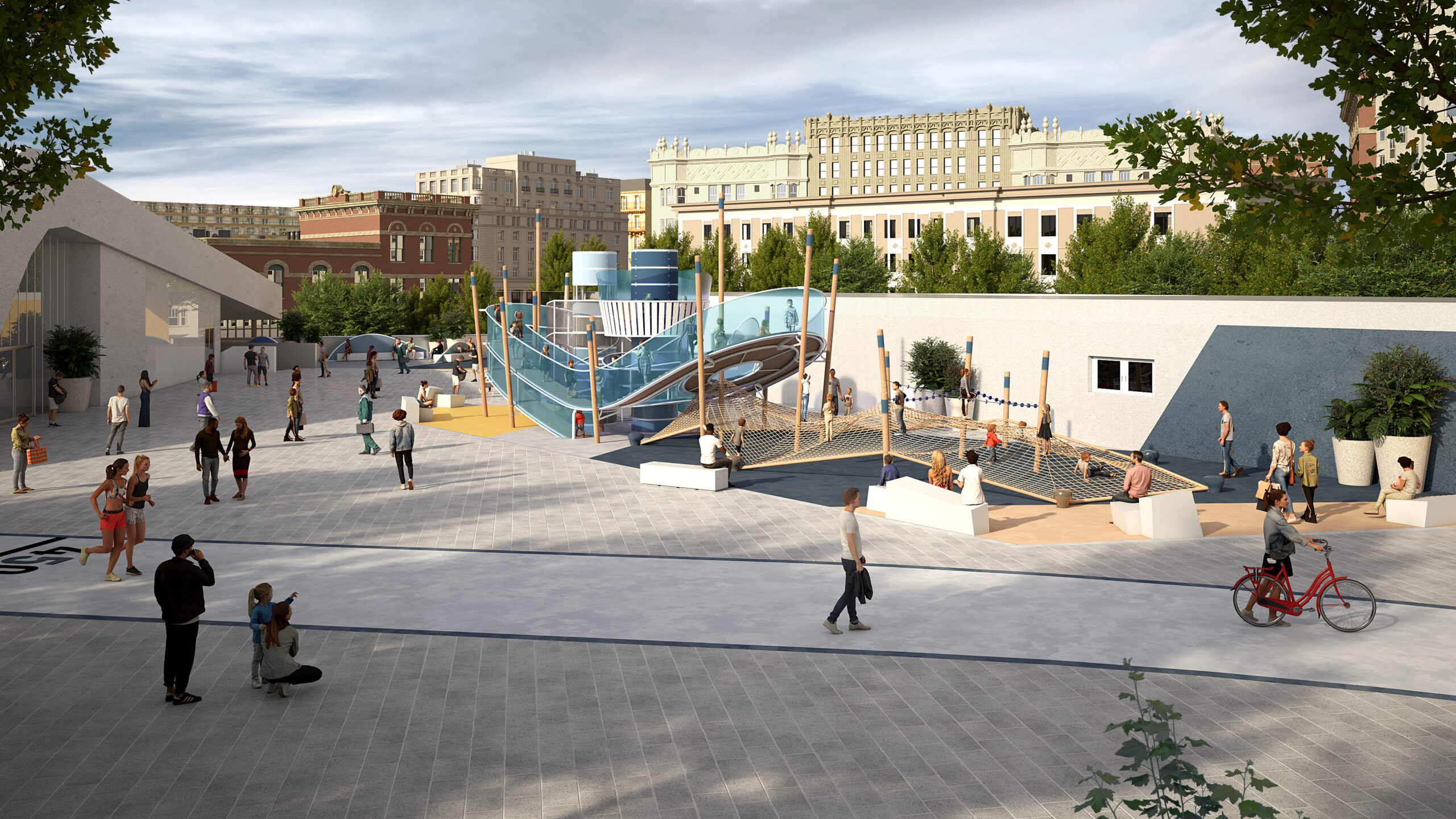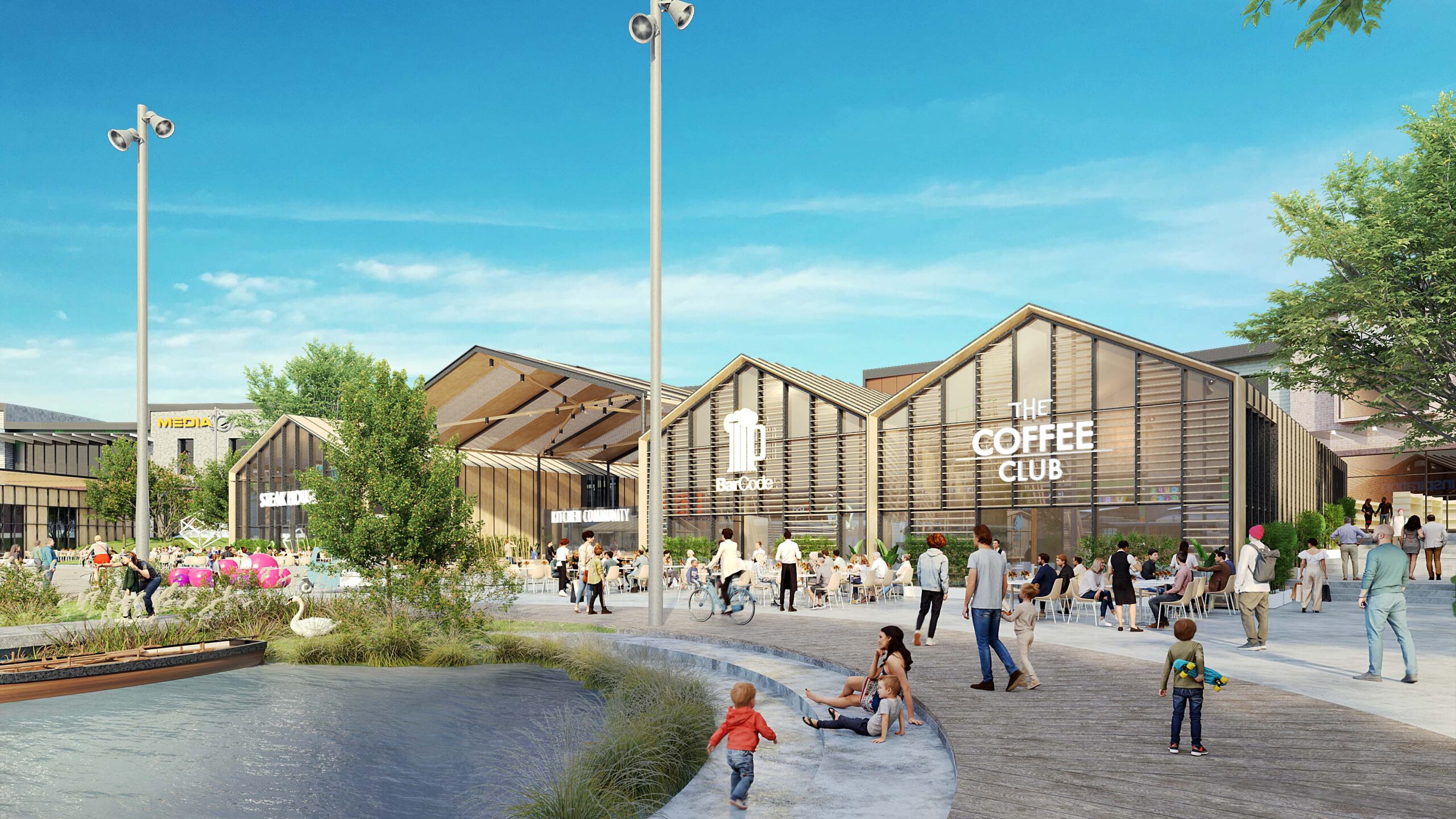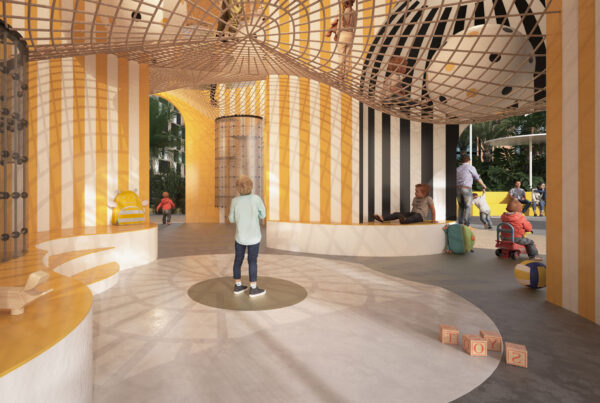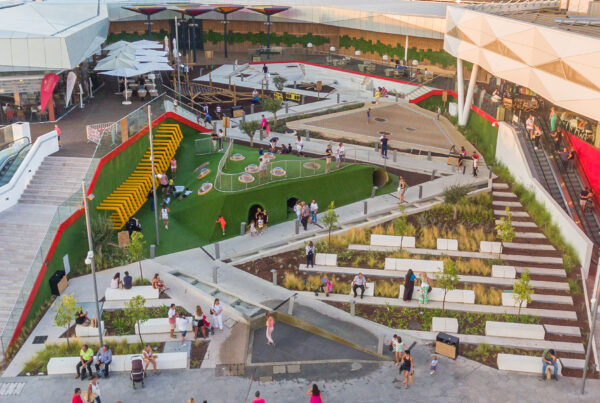Urban leisure design is often driven by functionality, efficiency, and economic factors. However, one crucial element is frequently overlooked: emotion. Cities should not only be designed for movement and commerce but also for human connection and well-being. The missing ingredient in many urban environments is the ability to evoke emotion—specifically, a sense of belonging, comfort, and joy.

The power of community in urban leisure
For a place to be truly successful, it must foster a sense of community. This goes beyond simply constructing buildings and infrastructure; it involves designing spaces that encourage interaction and engagement. People are drawn to places where they feel connected, where they can gather, relax, and enjoy their surroundings.
Creating vibrant urban spaces means designing with people in mind, prioritizing leisure areas, and ensuring that public spaces are not just pass-through zones but destinations in themselves. Successful urban environments invite people to linger, explore, and return, contributing to a lively and thriving city.
The role of leisure and foot traffic
Attracting people to a space requires more than just accessibility; it requires an experience. Spaces that integrate leisure elements—public parks, lively plazas, eye-catching installations, cafés, event spaces, and cultural hubs—become magnets for social activity. These elements not only create pleasant places but also generate foot traffic, making areas more vibrant and economically sustainable.
When people choose to spend time in a place, they also contribute to its success. Increased foot traffic benefits local businesses and fosters a greater sense of belonging within the community. The more attractive and engaging a place is, the more people will want to visit and stay.

Designing for comfort and attraction
A key aspect of designing emotionally engaging urban spaces is prioritizing comfort and aesthetics. This includes:
- Greenery and shaded areas: Trees, plants, and gardens enhance beauty, improve air quality, and create a sense of tranquility. Combined with other shading structures like pergolas and canopies, they make outdoor spaces more comfortable and inviting, especially in warmer climates.
- Seating and resting spots: Benches, steps, and seating areas invite people to pause, relax, and interact.
- Human-scale and inclusive design: Streets and plazas should feel welcoming and pedestrian-friendly. Urban spaces must cater to all ages, from playgrounds for children to leisure and work-friendly areas for adults, and accessible seating and shade for the elderly. A successful space fosters intergenerational interaction and a sense of belonging for all.
- Leisure spaces: Beyond comfort and accessibility, urban areas need engaging features such as eye-catching installations, play areas, event spaces, and designated zones for sports activities. These elements create dynamic, inviting environments that attract people of all ages and encourage vibrant community life.
The future of emotionally intelligent urban design
The cities that thrive in the future will recognize the importance of emotion in urban design. Creating spaces that make people feel connected, relaxed, and inspired will lead to more successful and sustainable urban environments. By incorporating leisure, comfort, and community-driven design, we can transform our cities into places where people not only live and work but also genuinely enjoy and belong.
It’s time to shift the focus from purely functional urban planning to creating spaces that evoke emotions—because cities are not just about infrastructure; they are about people and the experiences that bring them together. They are built for people.






